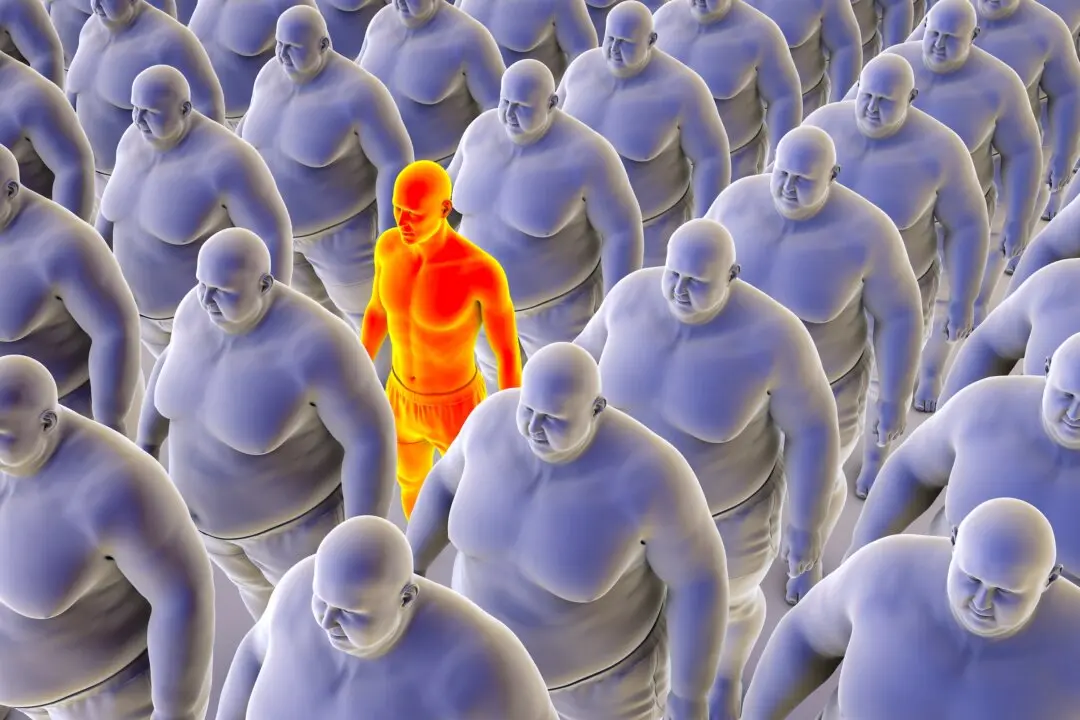Age-related muscle decline is a major threat because muscle strength not only allows you to participate in life, but it’s also essential for your metabolism, circulation and cognition.
STORY AT-A-GLANCE
- Sarcopenia — age-related muscle loss — threatens a healthy lifespan. Skeletal muscle not only manages physical activity, but also plays a major role in metabolism, circulation and cognition
- Skeletal muscle acts as endocrine organ secreting myokines and transcription factors into the bloodstream, thereby regulating the function of other organs. It also has immune regulatory properties
- The loss of muscle mass with advancing age is thought to be a primary driver of insulin resistance in older adults. Declining muscle strength and reduced physical activity also contribute to metabolic dysfunction
- Four key lifestyle strategies that have allowed me to get stronger with age are time-restricted eating in combination with a cyclical ketogenic diet, exercising while fasting and adding blood flow restriction (BFR) training to my strength training routine
- While doing any one of these in isolation would likely improve your health, when done in combination, they really catalyze synergistic changes that optimize your ability to gain muscle and lose visceral fat
Your Skeletal Muscle Has Many Functions
Sarcopenia — age-related muscle loss — threatens a healthy lifespan. With society aging worldwide, the prevalence of sarcopenia increases the urgent need to establish prevention and intervention strategies. The U.S. Centers for Disease Control and Prevention now recognizes sarcopenia as an independently reportable medical condition.(1)Dr. Joseph Mercola is the founder of Mercola.com. An osteopathic physician, best-selling author, and recipient of multiple awards in the field of natural health, his primary vision is to change the modern health paradigm by providing people with a valuable resource to help them take control of their health.
Author’s Selected Articles






